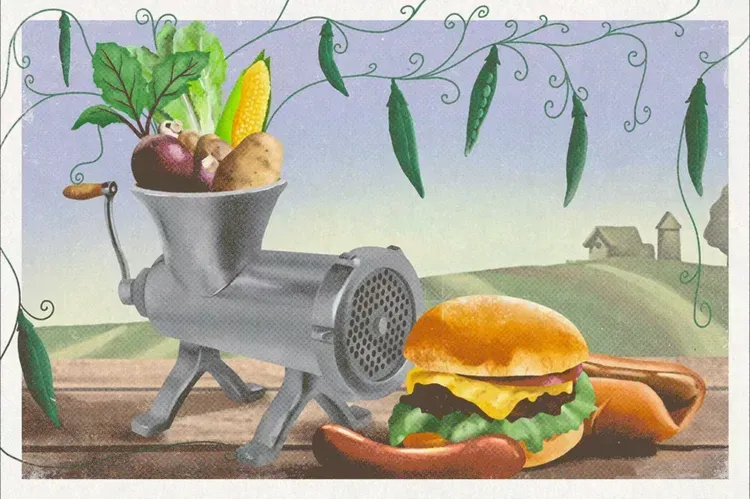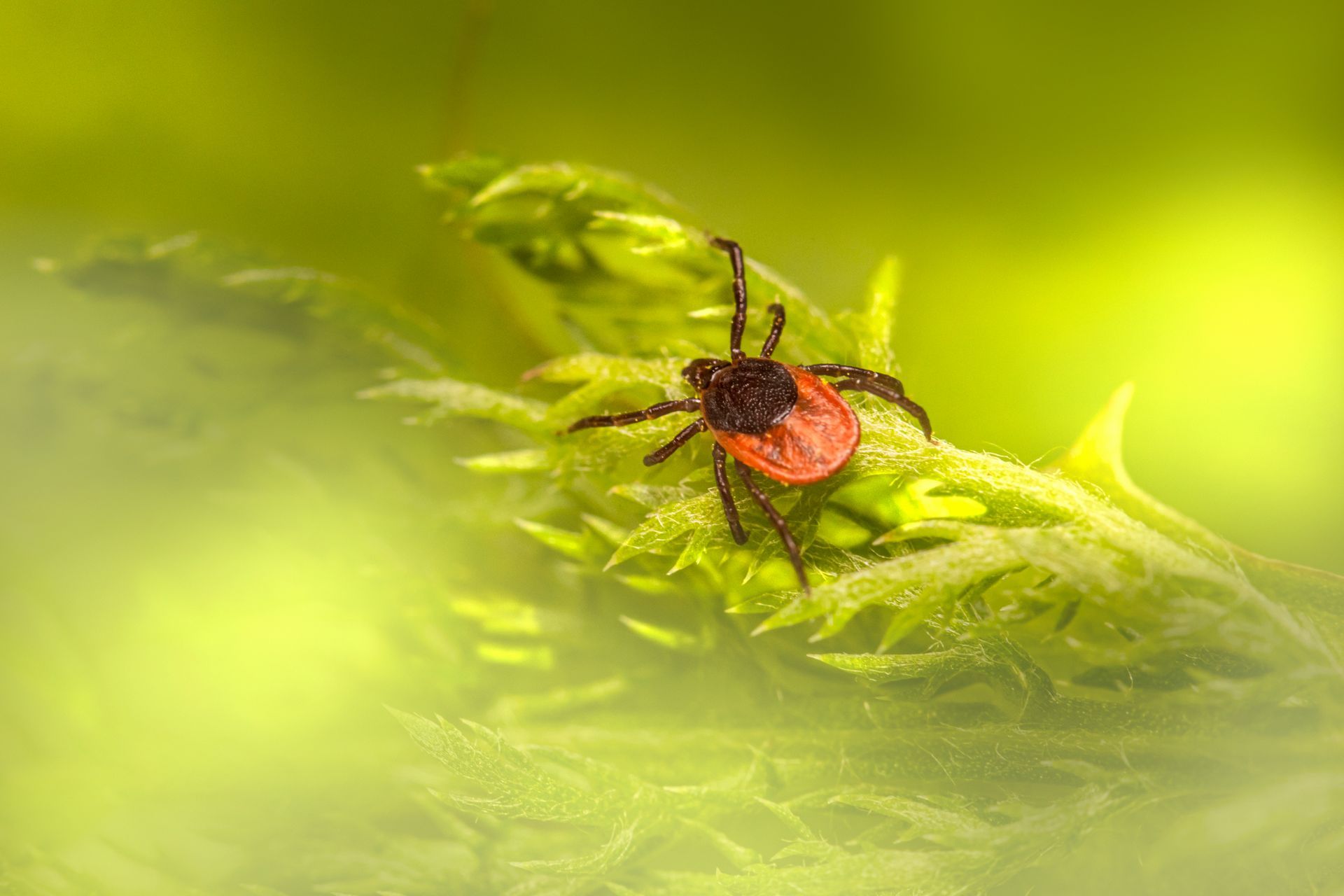CELEBRATE NATIONAL FARMER’S DAY
If you visit websites like National Today, you’ll find that every day of the year is designated to celebrate something, from World Plumbing Day on March 11 to National Mustard Day on August 2. Today, October 12, is National Farmer’s Day, and that’s definitely worth celebrating.
The origins of this day of honoring American farmers isn’t known, but there are records of it as far back as the 1800s; it was once called Old Farmer’s Day. October 12 was chosen to coincide with the harvest in many parts of the U.S.
In honor of this day, here are just a few highlights of the history of American Agriculture:
1793: The cotton gin was invented by Eli Whitney.
1797: Charles Newbold patents the cast-iron plow.
1820: The Agriculture Committee in the U.S. House of Representatives was established, followed by a Senate committee in 1825.
1834: The McCormick reaper was patented.
1840: The first Census of Agriculture was completed.
1840s: Commercial farming grew in popularity, coinciding with the growing use of factory-made machinery.
1862: The U.S. Department of Agriculture was established. President Abraham Lincoln called it the "people’s department."
1865-70: The slave plantation system in the South was replaced by the sharecropping system.
1856: The two-horse straddle-row cultivator was patented, allowing horses to pull plows instead of people.
1868: Steam tractors are tried for the first time.
1874: Barbed wire fencing became available.
1892: John Froelich invents the gas-powered engine that could be driven backwards and forwards. The Froelich Tractor inspired John Deere’s two-cylinder tractor.
1900-1910: George Washington Carver found new uses for peanuts, sweet potatoes, and soybeans, helping to diversify Southern agriculture.
1902: Edwin Thomas Meredith began publishing Successful Farming magazine.
1932-36: Drought and dust-bowl conditions developed.
1933: The Agricultural Adjustment Act and subsequent New Deal laws provided farm subsidies.
1933: After three decades of experimentation, hybrid corn varieties became widely available.
1944: Norman Borlaug used cross-breeding to develop disease-resistant, high-yielding dwarf wheat varieties, which would expand access to food and save more than a billion lives.
1945: The change from horses to gas-powered tractors begins.
1980: John Deere produces a four-row cotton picker, increasing productivity by up to 95%.
1982: Monsanto Company scientists became the first to genetically modify a plant cell.
1994: Satellite technology allows farmers to see their farms from above.
1997: The first weed- and insect-resistant soybeans and cotton became available.
2000: Scientists sequenced the first genome of a flowering plant, allowing the more efficient development of new varieties of crops.
Read more about News
You might also like
Jaynie Norman


